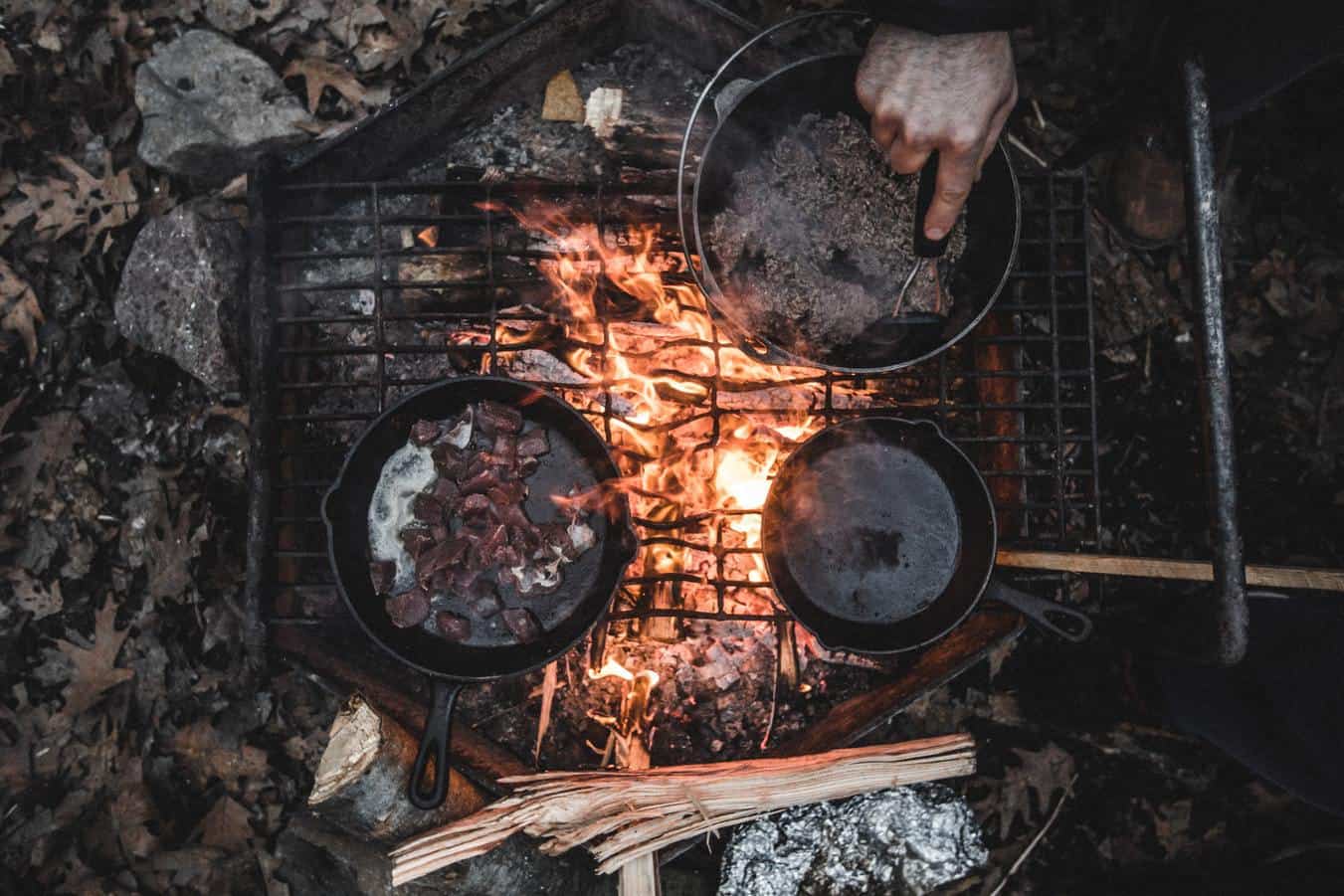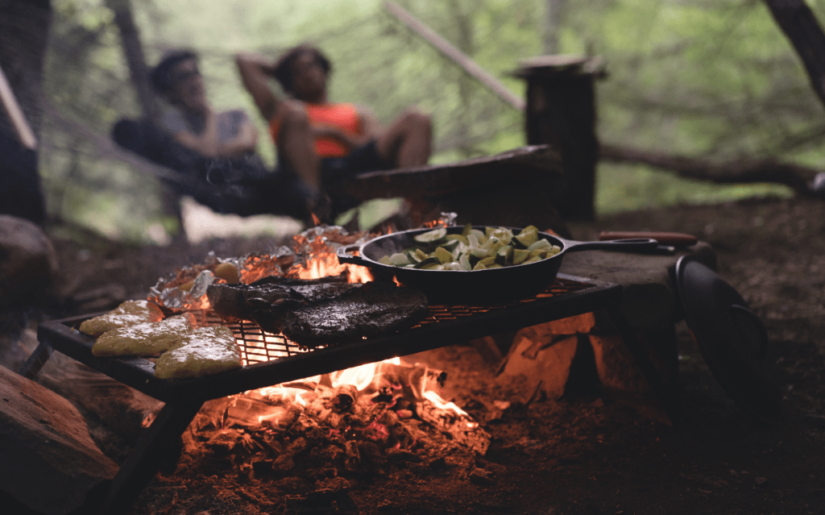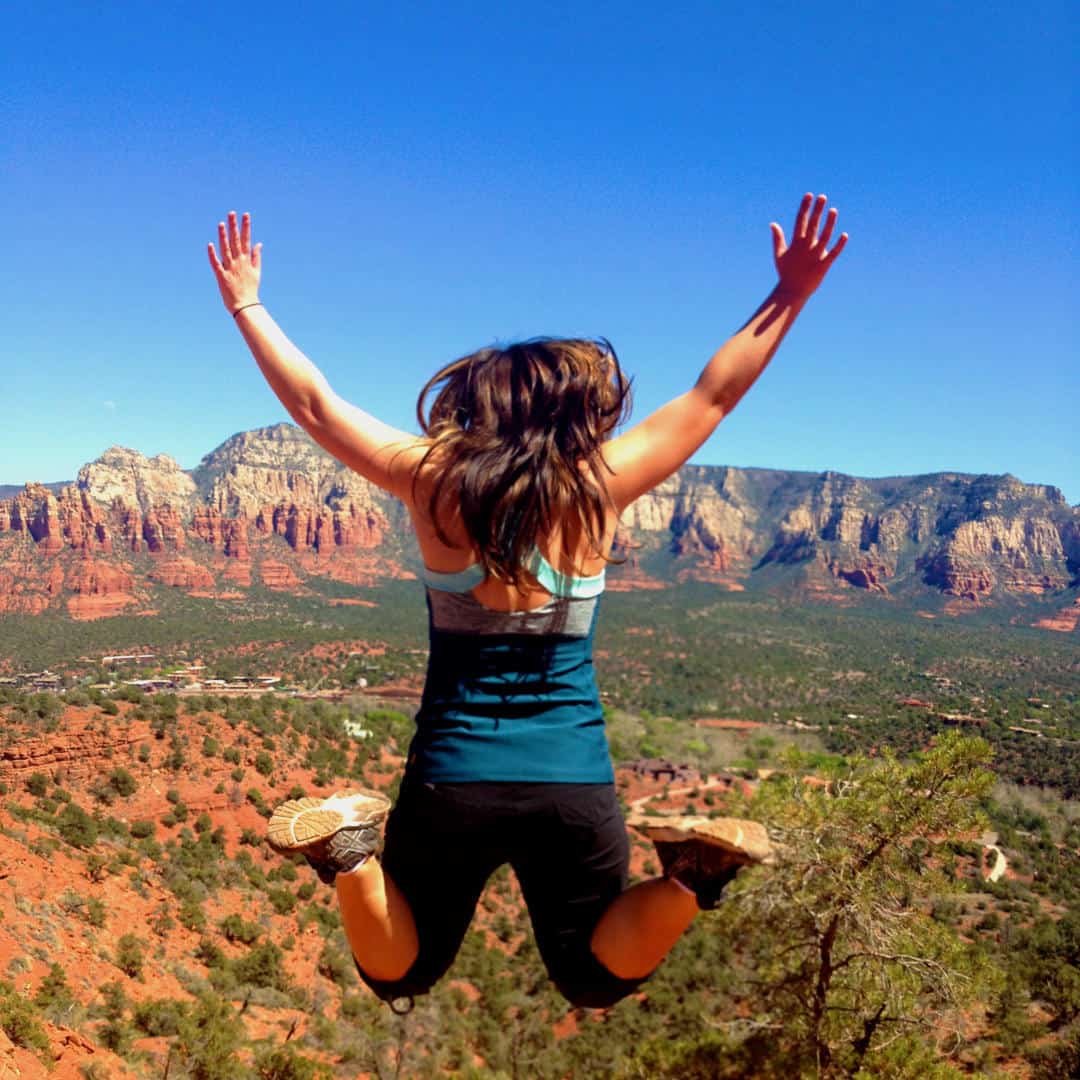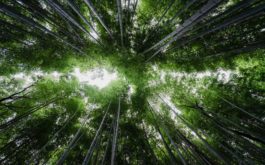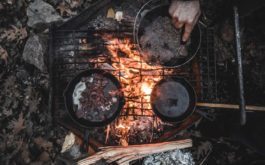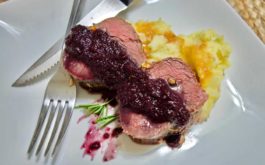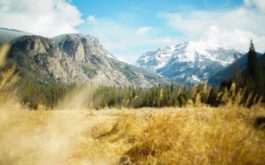A couple years ago I went camping with a group of eight friends in central Texas. We ran into two other campers while we hiked to our first camping location, one of which was a botanist! In fact, they were camping for a weekend and foraging for their food along the way. I had never known anyone who had done that, though I had seen it on extreme survival TV shows. Obviously, I was quickly intrigued by his stories, as my mind filled with countless questions to ask.
Foraging
It was an incredible experience! They invited us to spend the day with them foraging through the park. We found pecans, mushrooms, chili pequins, mustang grapes, wild carrots, wood sorrel, honeysuckle, and so many other edible plants. It was so enlightening and astonishing learning about all of the local plants that you could eat. Many of them also had medicinal qualities, which can often be forgotten as we are so far removed from our food sources now.
Being avid TV show lovers, we found dinner’s inspiration from the Food Network show, the Iron Chef. We split the group and the ingredients equally, starting a forest food challenge. None of us had in any way previously prepared for. Yet, we made edible magic in the woods that night! Team Cast Iron Skillet versus team Portable Camping Pot was the rustic, outdoor kitchen matchup of the century. I have never been so excited to try so many mushroom dishes in my life and they were all delicious!
Foliage KNowledge
Before setting out on your own foraging adventure, it’s important to educate yourself in order to properly identify the different plants. We were fortunate enough to run into a local expert however, there are other resources you can utilize such as Lee Allen Peterson’s A Field Guide to Edible Wild Plants is a good guide in general, (though it doesn’t contain everything you can find in Central Texas). Delena Tull’s Edible and Useful Plants of Texas and the Southwest: A Practical Guide is one of the best and easiest books to use for this specific region.
There are also informative courses you can take such as “Weedfeeds” taught by Scooter Cheatham and Lynn Marshall of Useful Wild Plants. The Houston Arboretum & Nature Center also presents a monthly class taught by Dr. Mark Vorderbruggen —Houston’s resident wild-edible-plant expert—called “Edible Wild Plants—The Real Organic Food.”
This trip opened my eyes to the benefits available from the foods all around us, regardless of whether you are foraging or shopping at the grocery store. I am so grateful to have been given the opportunity to learn first-hand what is appropriate to harvest in my region. As the foraging trends continue, it’s important to educate yourself on the different wild edible. As well as the subtleties in the seasons and bioregions that affect them. Once you’ve done that, you’ll be surprised at the amazing opportunities that you stumble upon on the trails.
